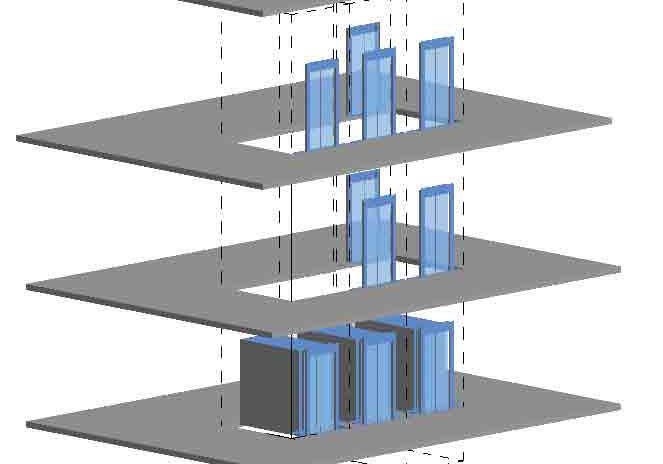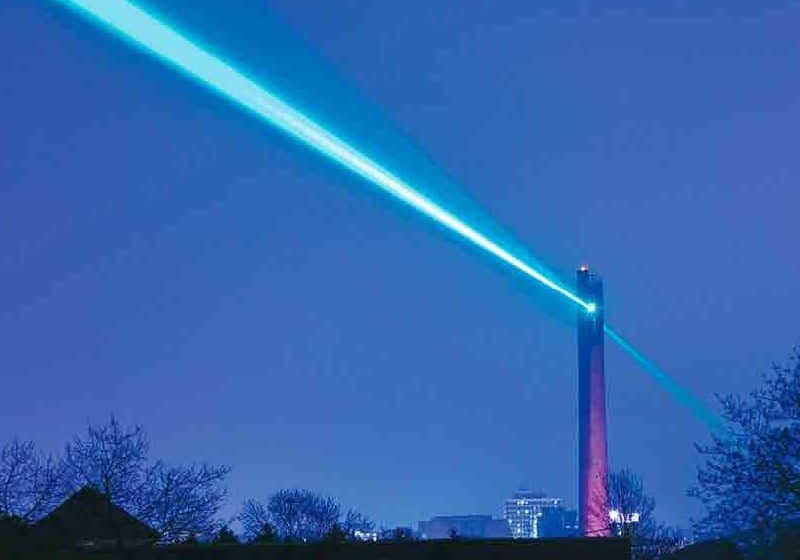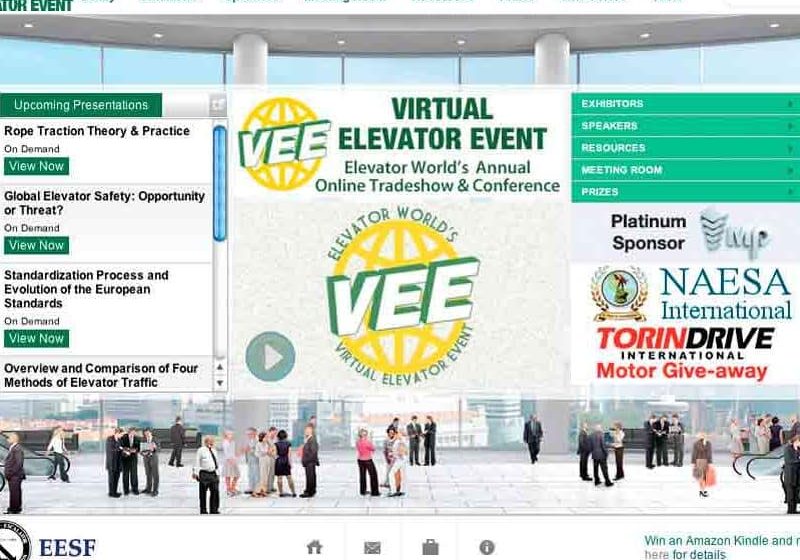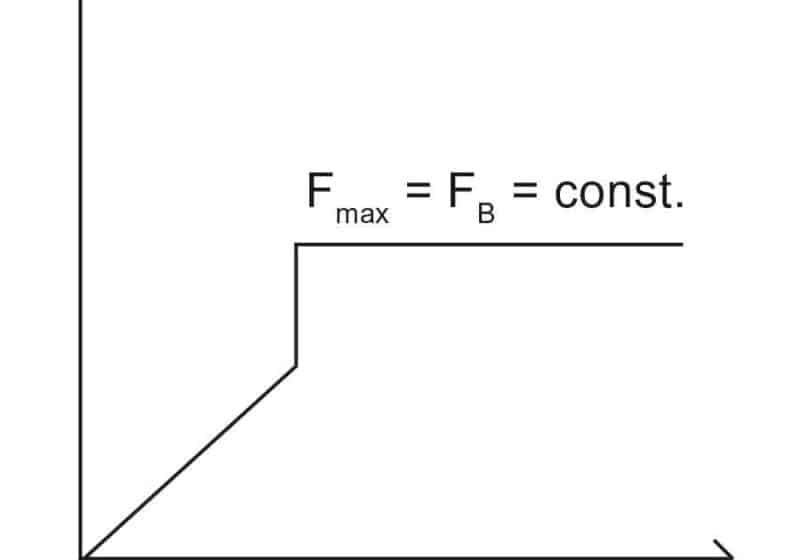Reducing Complexity for Better Safety: Compliance, Platform and Benefits
Sep 1, 2012
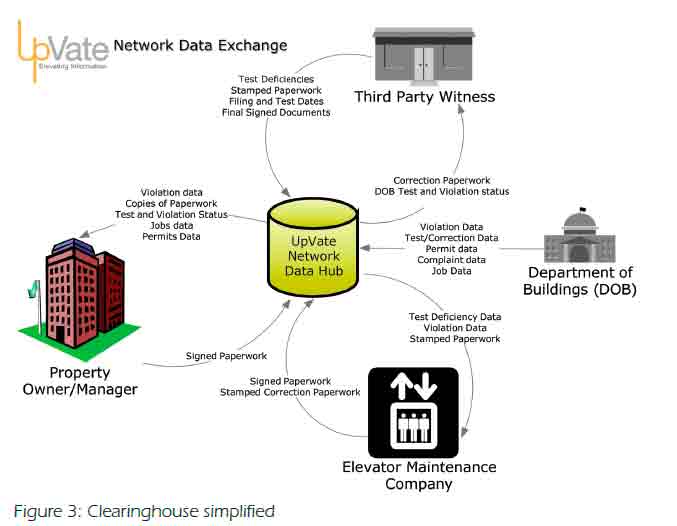
Electronic workflow and data-management tools simplify safety-code compliance.
A common electronic workflow and data-management platform can improve and simplify operations, while ensuring safety-code compliance. The elevator industry revolves around safety. Property owners, elevator companies and third-party firms have aligned their businesses with national safety standards implemented by governmental authorities within their various jurisdictions.
Complying with inspections mandated by AHJs calls for extensive coordination among numerous vested parties. It involves scheduling and conducting tests, verifying and reporting the results through the appropriate channels. These processes are complex and resource intensive. One estimate shows the New York City (NYC) market, just reaching the point of performing tests and filing results, not including repairs, costing up to US$100 million per year.
The purpose of this article is to introduce a framework that simplifies compliance. Electronic workflow and data management tools make it possible to reduce the number of data-entry instances, increase collaboration among stakeholders, efficiently organize multiple versions of supporting documents and promote closer adherence to deadlines. The resulting gains in productivity allow all parties to serve their customers and execute their missions more effectively.
Compliance and Tasks
The link between safety and elevators should not need repeating. After all, it was the invention of the “safety elevator” in the mid-19th century that launched the industry in the first place. From elevator design, to national codes, maintenance practices and regulatory compliance, many sectors of the “elevator world” focus on safety. The death of a woman in a midtown Manhattan, New York, elevator accident in December 2011 was a tragic reminder of what failure in any of these areas means.
Compliance and enforcement, the focus of this article, touches many moving parts. Property owners, elevator companies, testing and witness firms, and government authorities each have their distinct tasks, but overlapping requirements and the need for verification call for a high level of coordination among them. In practice, one encounters a large matrix of players and rules.
A case in point is NYC. Serving this metropolitan market are some 27,000 commercial property owners, 120 elevator companies, 45-50 third parties and the city’s 1,100-employee department of buildings (DOB). Setting the overall national standards for elevator safety is the American Society of Mechanical Engineers (ASME), the national code of which is adopted, modified and adjusted in each state, region and municipality.
A government agency such as NYC’s DOB, however, does more than update and change rules. Each stakeholder in the safety-compliance ecosystem has a wide range of tasks (sidebar). These tasks bear upon overlapping processes, including proposal management, scheduling and testing, results and follow-up, violation notification and management and collection. Walking through the steps that make up some of the related markets gives a better idea of how these players interact.
One scenario represents the testing and witness market (Figure 1). The related sequence of actions could include the following:
- The property manager complies with regulatory requirements by working with an elevator company and a third-party witness.
- The elevator company, possibly through an outsourced contractor and in coordination with a third-party witness, conducts the test on the elevator.
- The third-party witness files the results with the DOB.
- If the test results in deficiencies, the elevator company takes corrective action.
In another scenario, the repair agency enlists the services of parties who help meet DOB deadlines and manage violations (Figure 2). Such arrangement could include the following:
- The DOB issues any number and kind of violations to the property owner, who delegates service and repair to a specialized agency.
- Along with performing the repairs, the agency uses an expediter to complete paperwork, submit forms to the DOB and make payments for penalties or fees.
As indicated in the accompanying figures, the relevant parties could file required forms with the assistance of project management tools capable of tracking progress, storing data and issuing reports. Together, these tools function as a kind of clearinghouse. Leveraging existing information technology (IT), a clearinghouse is a common platform capable of interfacing with all safety-compliance stakeholders (Figure 3).
Platform and Benefits
The individual computing, software and communications technologies that enable a clearinghouse-type platform have become pervasive. These drivers include highly efficient computer processing and storage technologies and increasingly fast (wired and wireless) data transmission.
The combination of high-speed data, fast processing power and dense storage has led to the creation of sophisticated IT “cloud” infrastructures that have supported the proliferation of many software applications for both consumers and businesses, including document sharing. At the same time, the software industry, partly through the application of agile coding techniques, has quickened the pace of product development.
These trends are already impacting some government operations. One such development, while not immediately applicable to the elevator industry, debuted last year in NYC. Announced by Mayor Michael Bloomberg and Buildings Commissioner Robert LiMandri on October 12, 2011, the NYC Development Hub was unveiled as a state-of-the-art facility that allows for electronic submission of digital construction plans, virtual plan review and interagency collaboration. According to an official statement, the hub will allow city examiners “to review thousands of building designs easier, faster and without the use of paper for the first time in NYC.”
The elevator safety compliance industry is beginning to move in this direction. TessT, LLC, a software development and data-mining firm, has anticipated the shift toward paperless solutions with an online platform that leverages data extraction, web scraping, data filtering, workload balancing and custom scripting technologies. The addition of digital signature and authentication technologies further enables secure intra-industry collaboration.
The system has already shown real benefits to elevator safety-compliance stakeholders in these areas:
- Data entry: The system has led to a 75% reduction in data-entry time. Reducing the number of human (and fallible) touch points also increases the reliability of those data, such as critical “deficiency item” (order-to-fix) details.
- Project management: As a project manager of tests and violations for all stakeholders, the system serves document archival, flexible reporting and auto-notification functions. Property owners especially benefit from greater control of information and multiple versions of documents organized by building and status.
- Compliance: With auto notification making it easier to track due dates, clients can reduce the number of late-filing penalties (US$150 per month, per test) that can accumulate into significant amounts when thousands of tests are involved.
While this system leverages the clearinghouse model, TessT has built customized platforms for the property and elevator-contractor markets, and has established a data-feed service for third-party platforms to best serve individual sectors.
Conclusion
Safety has been a core tenet of the elevator industry for more than 150 years. It will remain so as property owners, elevator- contracting companies and third parties adopt electronic workflow and data-management technologies that allow them to better serve their customers and clients.
The key to this back-office transformation will be the leadership of state and local governments that adopt and adjust national safety codes in their areas of jurisdiction. An online platform, incidentally, can store, track and share these changing codes. As industry experts Louis Bialy and Davis Turner noted in a recent article on the performance-based code: “Just as in ancient times (‘All roads lead to Rome’), here all processes go through the AHJ” (ELEVATOR WORLD, May 2010). The benefits of a common platform, however, begin to accrue even without an active interface to the AHJ. Those include more efficient data entry, better project management and more timely regulatory compliance. This simplification ultimately leads to greater focus on the common goal: continued maintenance of the highest possible levels of public safety.
Compliance Stakeholder Tasks
- Department of Buildings (DOB)
- Collect fines and penalties
- Issue violations
- Collect filings
- Publish information access
Property Managers
- Open bids for projects
- Seek to approve proposals
- View test and violation status
- View completions
- Follow paperwork
- Make payments
Elevator Companies
- Propose pricing to clients
- Schedule tests
- Capture results of tests
- Close test deficiencies
- Close violations
- Provide results and status to clients
- File paperwork with DOB
Third Parties
- Propose pricing to clients
- Schedule tests
- Capture results of tests
- Provide results and status to clients
- Obtain signatures from elevator company and property owners
- File paperwork with DOB
- Invoice clients
Expeditors
- Propose pricing to clients
- Close test deficiencies
- Close violations
- Provide results and status to clients
- File paperwork with DOB
- Issue payments on behalf of clients
Elevator Test Agencies
- Propose pricing to elevator companies
- Schedule tests
- Capture results of tests
- Provide results and status to elevator
- companies
Get more of Elevator World. Sign up for our free e-newsletter.




